Cultural differences played a large part in reluctance by patients at Changhua County’s Yuan Sheng Hospital to wear the clothing that came with new hyperbaric chambers, hospital staff said.
Yuan Sheng, the first hospital in southern Changhua to introduce the machines, held a special news conference for their acquisition.
The pure oxygen and higher air pressure — 2.5 times greater than normal pressure — in the chambers reduce the time needed for wounds to heal, doctors said.
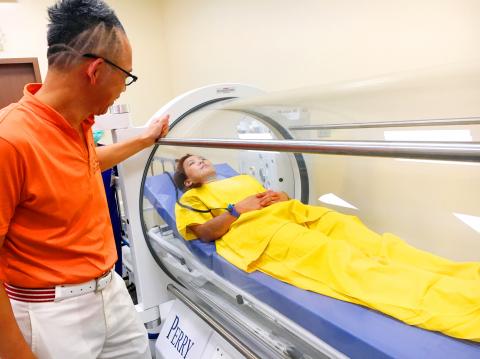
Photo: Yen Hung-chun, Taipei Times
However, when demonstrating the machines, the hospital used bright yellow gowns that were supplied by the manufacturer, which one reporter described as garish.
The reporter said that the gown was jarring and made him think of patients being “taken to the land of the Sukhavati.”
Asked whether any patients had refused to wear the gown, the doctors said a number of older patients strongly objected wearing it.
The patients would put the gown on, then try to take it off, but when asked why they did not want to wear it, they would not say, the doctors, apparently mystified, told reporters.
Reporters later told the doctors that the color was usually used in funeral parlors for the clothing of the deceased.
The hospital bought the machines from the US, where the color of a gown usually has less cultural significance, the doctors said, but added that they would follow local customs.
“We will obtain light blue or pink gowns, so that patients can feel more comfortable when wearing them during therapy,” the hospital said.
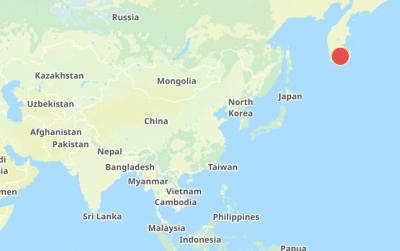
The Central Weather Administration (CWA) today issued a "tsunami watch" alert after a magnitude 8.7 earthquake struck off the Kamchatka Peninsula in northeastern Russia earlier in the morning. The quake struck off the east coast of the Kamchatka Peninsula at 7:25am (Taiwan time) at a depth of about 19km, the CWA said, citing figures from the Pacific Tsunami Warning Center. The CWA's Seismological Center said preliminary assessments indicate that a tsunami could reach Taiwan's coastal areas by 1:18pm today. The CWA urged residents along the coast to stay alert and take necessary precautions as waves as high as 1m could hit the southeastern
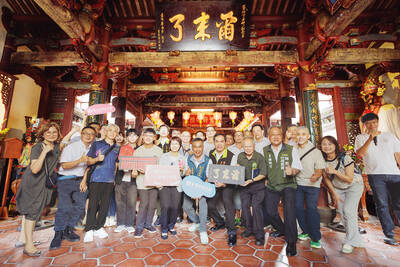
The National Museum of Taiwan Literature is next month to hold an exhibition in Osaka, Japan, showcasing the rich and unique history of Taiwanese folklore and literature. The exhibition, which is to run from Aug. 10 to Aug. 20 at the city’s Central Public Hall, is part of the “We Taiwan” at Expo 2025 series, highlighting Taiwan’s cultural ties with the international community, National Museum of Taiwan Literature director Chen Ying-fang (陳瑩芳) said. Folklore and literature, among Taiwan’s richest cultural heritages, naturally deserve a central place in the global dialogue, Chen said. Taiwan’s folklore would be immediately apparent at the entrance of the
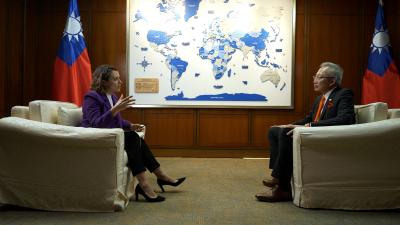
“China is preparing to invade Taiwan,” Deputy Minister of Foreign Affairs Francois Wu (吳志中) said in an exclusive interview with British media channel Sky News for a special report titled, “Is Taiwan ready for a Chinese invasion?” the Ministry of Foreign Affairs said today in a statement. The 25-minute-long special report by Helen Ann-Smith released yesterday saw Sky News travel to Penghu, Taoyuan and Taipei to discuss the possibility of a Chinese invasion and how Taiwan is preparing for an attack. The film observed emergency response drills, interviewed baseball fans at the Taipei Dome on their views of US President
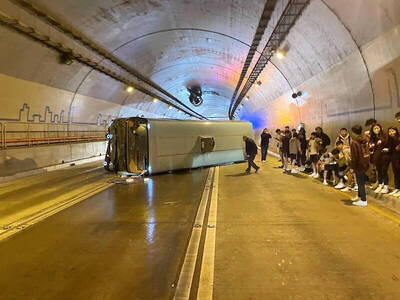
Speeding and badly maintained roads were the main causes of a school bus accident on a rainy day in Taipei last year that severely injured two people and left 22 with minor injuries, the Taiwan Transportation and Safety Board said. On March 11 last year, a Kang Chiao International School bus overturned inside the Wenshan Tunnel (文山隧道) on the northbound lane of the Xinyi Expressway. The tour bus, owned by Long Lai Co, exceeded the speed limit after entering the tunnel, the board’s investigation found. Sensing that the rear of the vehicle was swaying, the driver attempted to use the service and exhaust